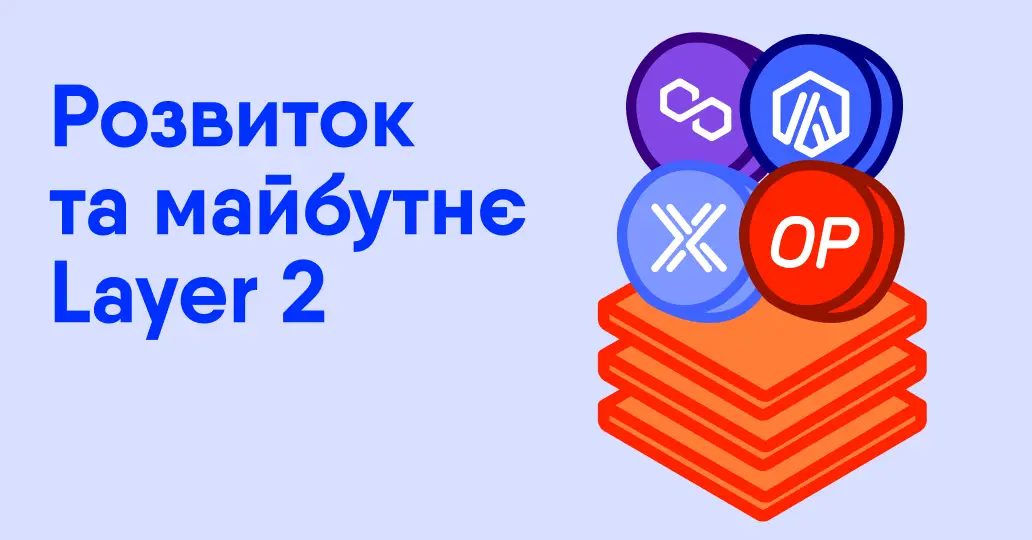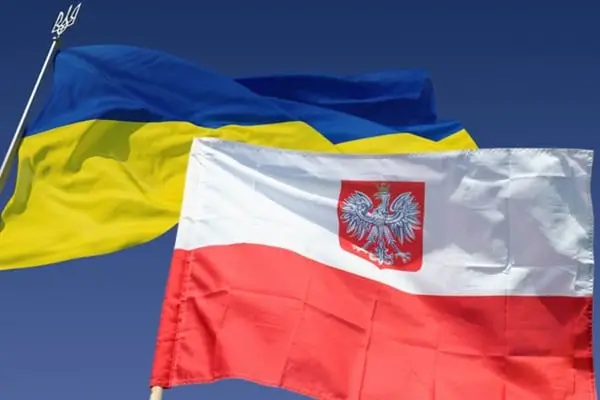Blockchains currently process a large number of transactions. In Ethereum alone, it is more than 1 million every day, which reduces its speed and increases transaction fees. To improve these indicators, Layer 2 solutions have been developed. In this article, CEO of the cryptocurrency exchange EXMO.com Sergey Zhdanov explains how they affect the development of blockchains, what has already been achieved, and what awaits the L2 sector in the near future.
What is Layer 2
Layer 2 (or L2) are technologies and protocols that function on top of the main blockchain (Layer 1 or L1), such as Bitcoin, Ethereum, Solana, and so on. They are designed to increase scalability and transaction speed, as well as reduce fees without changing the underlying protocol.
In simple terms, second-level solutions are extensions of the main blockchains that offload them by processing transactions outside of them.
Types of second-level solutions and their impact on the blockchain
L2 solutions can be divided into sidechains, channels, and rollups. Let us consider each of them separately.
Sidechains are separate blockchains that work in parallel with the main network and are connected to it, but may have their own consensus mechanism (checking and confirming blocks before adding them to the blockchain) and validators – those who do this check.
Sidechains increase the speed of transactions by transferring assets from the parent network and conducting transactions with them on a parallel, less congested blockchain. These assets can also be brought back to the main blockchain.
Such L2 solutions were first implemented in 2017. One of the most famous examples is the Liquid Network project, which enabled fast and confidential transactions for Bitcoin.
State channels are second-level solutions that allow users to conduct multiple transactions outside the main blockchain, recording only the initial and final states of the channel. According to the final state, assets are distributed among the participants.
Channels significantly reduce the load on the main blockchain and allow for almost instantaneous transactions. One of the first projects to implement this concept was the Lightning Network for Bitcoin. It has been actively developing since 2016.
Rollups are a technology that allows conducting and confirming many transactions outside the main blockchain, and then combining them into one block and sending them to Layer 1.
There are two main types of this L2 solution: Optimistic rollups and ZK-rollups.
The first type achieves high throughput due to the assumption of transaction validity. However, such solutions must have built-in mechanisms for detecting and correcting errors, as well as provide for an appeal period to ensure system security.
The second type verifies the authenticity and correctness of information without disclosing it - through a mathematical proof that can only be obtained by the owner of the transaction.
Both types involve operations outside the main blockchain, which significantly speeds up their work.
Cultural and societal impact of Layer 2 solutions
Ethereum founder Vitalik Buterin actively promotes the idea that second-tier solutions are not only technologically important but also socially important.
Thanks to the creation of L2 networks based on Ethereum, unique communities of crypto enthusiasts with their own approaches and solutions are emerging and developing, united by one goal: to improve the main blockchain and blockchain technologies in general.
In his article "Layer 2s as cultural extensions of Ethereum", he notes that cultural diversity will help development teams focus on what they are strongest at: fundamental solutions and working with details.
Historical update of Dencun
On March 13, 2024, the Dencun update was introduced to the Ethereum network, which had a significant positive impact on L2 solutions. Its Blobs technology allows storing data during transactions in temporary storage, which significantly reduces transaction fees in second-tier networks. For example, in Optimism, they dropped from $2 to $0.08, and in zkSync, from $0.32 to $0.097.
Blobs also improves the efficiency and performance of L2 solutions. They become faster, more scalable, and more private. This attracts developers and users, contributing to the development of the ecosystem.
The Dencun update is the first step towards the introduction of "sharding", which involves splitting the blockchain into minichains to process more transactions at a lower cost.
It was after the activation of this update that the crypto community began to actively talk about L2, and some analysts say that the current "bullrush" is the era of second-level solutions and the development of the Ethereum ecosystem as a whole.
What does the future hold for second-tier solutions and their cryptocurrencies?
Reducing the cost of transactions will lead to the expansion of the ecosystem, which will stimulate the growth of interest in it and the emergence of new decentralized applications (dApps).
However,
according to the analytical portal CoinGecko, L2 projects started 2024 as the least profitable crypto sector. In the first quarter, they showed a profitability of only 39.5%, which is significantly less than the results of other sectors. L2's closest competitor, the blockchain gaming sector GameFi, showed 64.3%.
Among the large-cap L2 cryptocurrencies, well-known Ethereum L2 coins lost the most in the first quarter of 2024: Arbitrum (ARB) showed 5.6% of profitability, and Polygon (MATIC) – 1.2%.
The second quarter was marked by the fall of the cryptocurrency market, which caused significant losses for the second-tier solutions sector. Since the beginning of 2024, ARB has fallen by 57%, MATIC by 49%, IMX by 35%, and OP by 55%.
Many of the sector's problems were caused by AirDrops – free coin distributions, the active sales of which then greatly affected their prices. In particular, this happened with ARB and STRK coins.
However, according to EXMO.com analysts, the L2 sector will start to "catch up" with the broader crypto market in the second half of 2024. Currently, the above tokens have optimal prices for accumulation. Buying at current levels can bring from 500% to 1000% in the alt-season – by the end of 2024/beginning of 2025.












